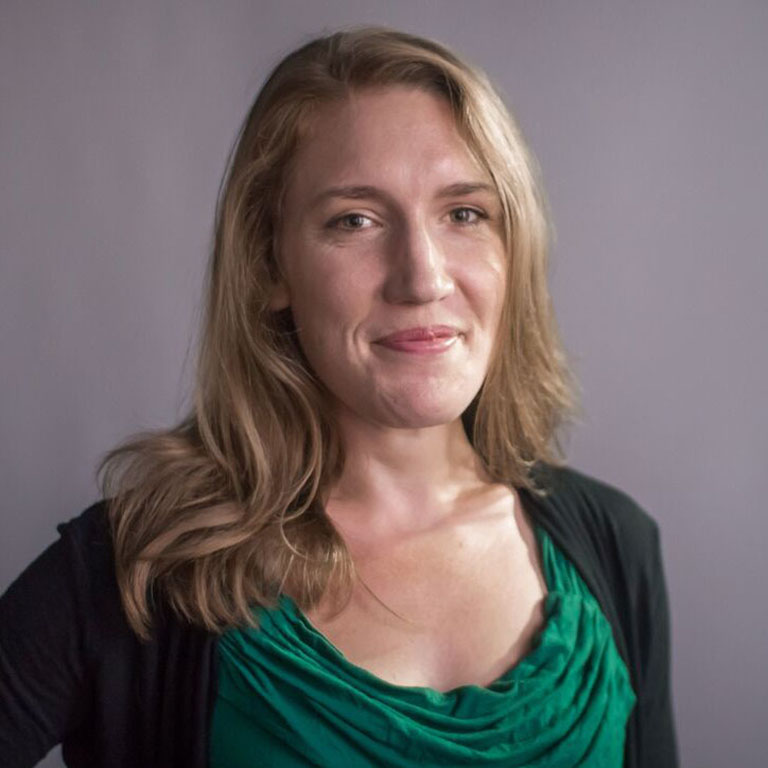- Ph.D., Yale University
- M.Div., Yale Divinity School

Laura Carlson Hasler
Director of Graduate Studies, Jewish Studies
The Alvin H. Rosenfeld Chair in Jewish Studies
Assistant Professor, Jewish Studies and Religious Studies

Director of Graduate Studies, Jewish Studies
The Alvin H. Rosenfeld Chair in Jewish Studies
Assistant Professor, Jewish Studies and Religious Studies
My research focuses on the relationship among texts, spaces, and embodiment in Jewish antiquity.
My first book, Archival Historiography in Jewish Antiquity (Oxford University Press) argues that the form of Second Temple Jewish texts like Ezra-Nehemiah and the Greek editions of Esther are read best as archives. Scholars have often explained Ezra-Nehemiah’s frequent textual “disruptions” – its lengthy inventories, for example – as the result of sloppy historiography. Such disruptions, I argue, are actually textual seams that reveal an impulse to assemble an archive through citation within the pages of Jewish history, reassembling and protecting memory in contexts dominated by empires. I argue that the act of archiving is an expression of social power in colonized contexts. Though the archive is often considered to be an exclusively imperial instrument, I contend that the archive in Ezra-Nehemiah is a literary form that facilitates Jewish recovery after the losses of exile. More broadly, the project confronts contemporary discomfort with narrative disruption. I ask readers to think of abrupt citation not as a deficiency but rather as a dynamic sign of social cohesion among colonized groups.
My next projects continue this interrogation of the relationship among collections and imperial power in ancient Jewish contexts. I am interested in staging conversations that complicate the binaries of assimilation and resistance that are so prevalent in interpretations of Persian and Hellenistic-era biblical literature.
I am currently working on a book that formulates the concept of embodied economics to better understand the prophetic literature of the Second Temple period. This term elucidates the imaginative landscape of Haggai, Zechariah, and Malachi in which abstract entities are represented as bodies that interact with other bodies in terms of debt, accumulation, and exchange. Embodied economics invokes aspects of the body and sensation, as well the economic backdrop of the Second Temple period to highlight the diverse and consequential logics by which groups and gods are imagined to act, feel, and relate to one another.
Books- Archival Historiography in Jewish Antiquity
Laura Carlson Hasler 2020 https://religiousstudies.indiana.edu/about/faculty/carlson-hasler-laura.html
Journal articles + other publications
"Persia Is Everywhere Where Nothing Happens: Imperial Ubiquity and Its Limits in Ezra-Nehemiah" Bible & Critical Theory 16:1 (2020): 1-20.
"Writing in Three Dimensions: Scribal Activity and Spaces in Jewish Antiquity"
Scribes and Scribalism in Social Context. Ed. M. Leuchter; London: T&T Clark, 2020.
"The Cited Documents of Ezra-Nehemiah: Does Their Authenticity Matter?" Biblical Interpretation (2019).
"Zechariah, Zerubbabel and Zemah: Ideological Development in Early Postexilic Judah" Sibyls, Scriptures, and Scrolls: John Collins at Seventy JSJ Supplements. Eds. J. Baden, H. Najman, E. Tigchelaar; Leiden: Brill (2017).